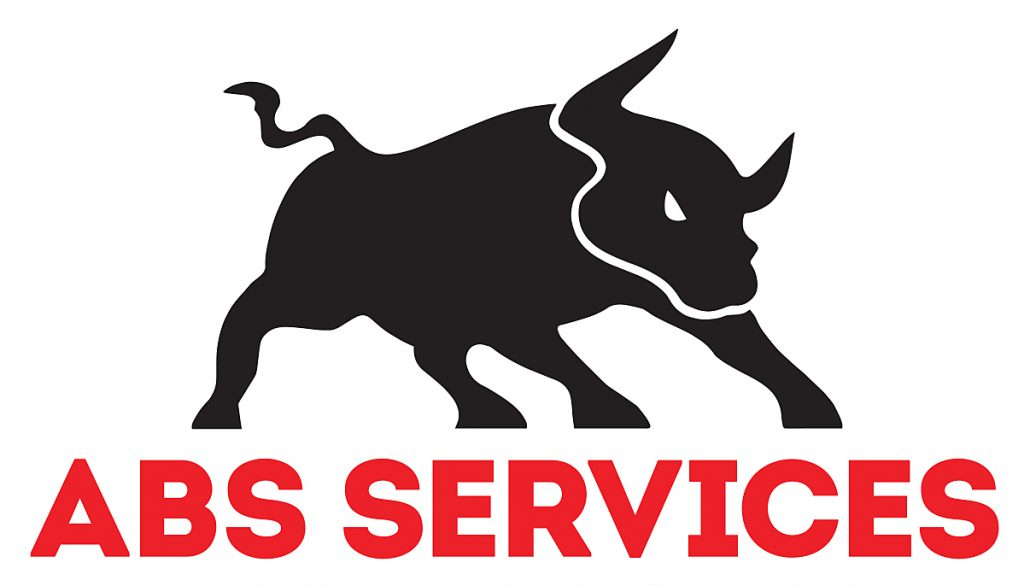
The Significance of Contractor Safety
The Risks of the Construction Industry
Construction sites are inherently hazardous environments, with workers exposed to various risks on a daily basis. Heavy machinery, power tools, and working at heights are just a few examples of the potential dangers in construction. According to the National Safety Council, the construction industry has some of the highest rates of both fatal and non-fatal injuries compared to other industries. These statistics highlight the need for stringent safety measures to protect workers from harm.
Legal and Financial Consequences
Ensuring contractor safety is not only an ethical responsibility but also a legal requirement. Employers can be held liable for any injuries or accidents that occur on their job sites, even if the individuals involved are contractors. Failure to prioritize safety can result in costly workers’ compensation claims, medical expenses, and potential lawsuits. Moreover, regulatory bodies such as OSHA can impose penalties and fines for safety violations, further adding to the financial burden.
The Impact on Productivity and Reputation
Maintaining a Safe Work Environment
A safe work environment is not only crucial for the well-being of workers but also for maintaining productivity and efficiency on construction projects. When safety protocols and practices are implemented effectively, the risk of accidents and injuries is minimized, leading to fewer work disruptions and delays. This allows projects to stay on schedule and within budget, ultimately contributing to overall success.
Building Trust and Attracting Clients
Contractor safety also plays a significant role in shaping a company’s reputation in the industry. Clients, vendors, and stakeholders are increasingly prioritizing safety and sustainability when selecting contractors for their projects. A contractor with a strong safety record demonstrates a commitment to protecting workers and maintaining high standards, which can enhance trust and credibility. Positive word-of-mouth recommendations based on safety performance can also lead to new business opportunities and a competitive edge.
Best Practices for Contractor Safety
To ensure contractor safety, it is essential to implement best practices throughout the entire project lifecycle. These practices include prequalification and safety assessments, comprehensive training and orientation, continuous job monitoring, and post-job evaluation.
Prequalification and Safety Assessment
Prior to hiring any contractor, project owners should conduct thorough prequalification assessments. This involves reviewing the contractor’s safety record, including any OSHA recordables and leading indicators, to gauge their commitment to safety. Additionally, a detailed task and risk assessment should be conducted for each project to identify potential hazards and develop appropriate safety measures.
Training and Orientation
Mandatory safety training and orientation should be provided to every contractor before they begin work on a project. This training should cover not only general safety practices but also specific risks associated with the job, such as working at heights or handling hazardous materials. Contractors should also be required to provide proof of any necessary licenses, permits, or certifications related to the project.
Continuous Job Monitoring
Maintaining a safe work environment requires ongoing monitoring and supervision. Regular safety checklists, safety talks, and job site walkthroughs can help identify any potential hazards or non-compliance issues. Some companies even require contractors to submit workplace safety observations, encouraging them to remain vigilant and report any unsafe practices or hazards they encounter.
Post-job Evaluation
Evaluating the contractor’s safety performance after the completion of a project is crucial for future decision-making. This evaluation should include a review of contractor reports, claims, observations, and injury rates. By analyzing this data, project owners can assess the effectiveness of the contractor’s safety training and overall commitment to safety, helping them make informed decisions in future contractor selection processes.
The Cost of Unsafe Job Sites
Direct and Indirect Costs
Failing to prioritize safety on construction sites can result in significant financial implications for project owners and contractors. Direct costs include workers’ compensation claims, medical expenses, and potential legal fees. Indirect costs, such as decreased productivity, damaged equipment, and negative impacts on morale, can also add up over time. Additionally, poor safety practices can harm a company’s reputation, leading to difficulties in attracting and retaining skilled workers and potential clients.
Insurance Premiums and OSHA Penalties
The cost of insurance premiums is directly influenced by a company’s safety record. Insurance companies calculate premiums based on the Experience Modification Factor (E-Mod), which reflects the safety performance of the company. A higher E-Mod indicates a higher risk workplace, resulting in higher monthly premiums. On the other hand, maintaining a strong safety record can lead to lower insurance costs, freeing up financial resources for other aspects of the business. Failure to prioritize safety can also result in OSHA penalties and fines, further increasing the financial burden.
How Safety Can Save You Money
Benefits of Safe Work Practices
Implementing and prioritizing safety measures can yield numerous benefits for construction companies. A safe work environment promotes employee morale, productivity, and overall job satisfaction. With fewer accidents and injuries, workers can focus on their tasks, resulting in increased efficiency and reduced downtime. Moreover, a strong safety culture can attract and retain skilled workers, minimizing turnover and associated recruitment costs.
Lowering Insurance Costs
Maintaining a strong safety record can directly impact insurance costs for construction companies. By reducing the number of accidents and injuries, companies can lower their Experience Modification Factor (E-Mod), leading to lower insurance premiums. This allows companies to allocate more resources to essential aspects of the business, such as equipment, salaries, and project bidding.
Contractor safety is of utmost importance in the construction industry. Prioritizing safety not only protects workers from harm but also has significant implications for a company’s bottom line. By implementing best practices, such as prequalification assessments, comprehensive training, continuous job monitoring, and post-job evaluation, project owners can ensure a safe work environment and minimize legal and financial risks. Unsafe job sites can lead to substantial costs, including workers’ compensation claims, decreased productivity, and damaged reputation. On the other hand, investing in safety can save money by reducing insurance premiums and improving overall efficiency.
Contact us (513-617-1401) for more information or a quote
—

About ABS Services
ABS Services provides comprehensive commercial construction services to Greater Cincinnati, Northern Kentucky, and Southeast Indiana. We have the experience, equipment, and the right team to get the job done!
> Learn More
